This ... is Buriganga
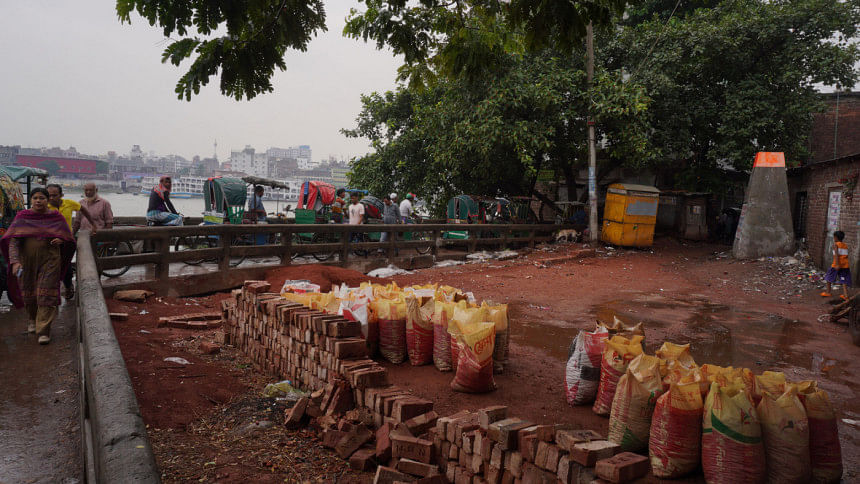
If you walk by Buriganga's bank from Jinjira ferry ghat to Keraniganj, you will see people dumping household garbage into the river that's considered to be the lifeline of Dhaka.
The colour of its waters looked almost black, even pinkish in some areas -- thanks to industrial waste.
"The bad odour from the river due to industrial and other waste makes it difficult for people to breathe but we have to endure it since we live here," said Nasir Hossain, a resident of Jinjira area.
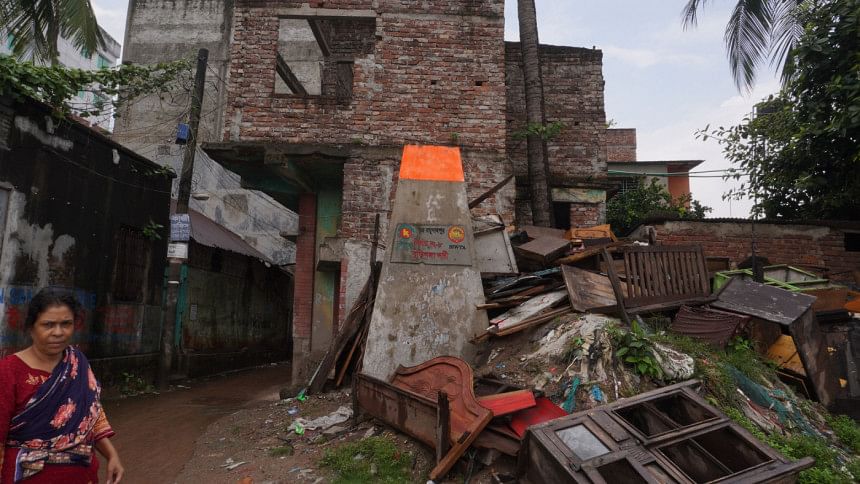
The situation worsens during dry season, as the river water turns deep black, he added.
In a recent visit to the site with National River Conservation Commission (NRCC) Chair Dr Manjur A Chowdhury, this correspondent got a firsthand experience of the dire situation.
"People living around the river embankment dump garbage in it, to make it broader. Then they start using the space for various purposes, including making boats or setting up makeshift shops," said Anwar Ali, a resident of Lasmanpur area.
In many places, garbage dumping is so frequent that the concrete blocks demarcating the embankment get covered up by it, he added.
This correspondent saw a demolished makeshift bamboo structure on the river bank in Lasmanganj, which indicated that the structure was built by piling garbage that was initially dumped there.
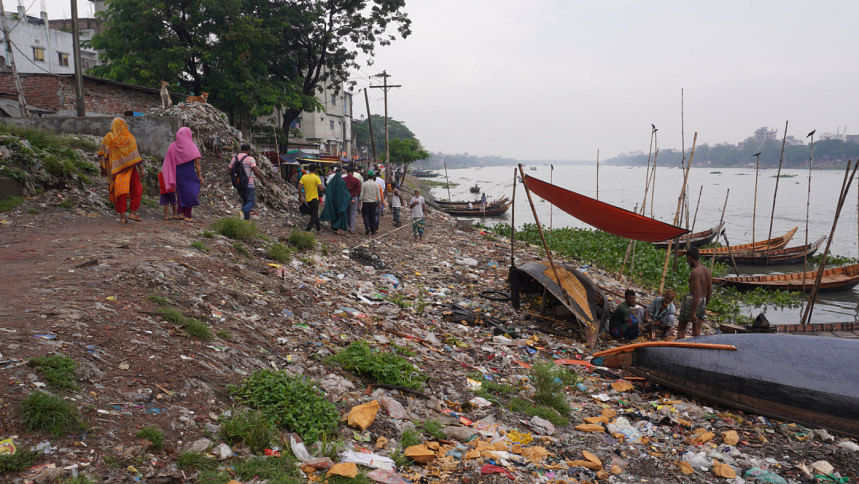
Md Sakur Hossain, union parishad chairman of Jinjira, said people living near the spot are living a nightmare.
He mentioned that initiatives have been taken by upazila administration to remove the garbage from the river.
"We are also carrying out a campaign to raise awareness on garbage dumping in the river," added the UP chair.
Meanwhile, other concerns remain.
Locals alleged that encroachers are occupying the river bank for years, while authorities remain silent.
This correspondent saw some boatmen repairing boats in one such occupied site. When asked, they seemed oblivious to the fact that the place they were sitting on is actually a part of the river.
Locals said a large portion of the river beside the Jinjira ferry ghat in Keraniganj has been filled up in this process, and a narrow road was built on it years ago.
Besides, dozens of dyeing factories are operating along the banks, contaminating the water every day.
The High Court, the Department of Environment and NRCC on different occasions have ordered these factories to set up effluent treatment plants (ETPs).
The dominance of black water across the river also suggested the presence of underground pipes through which effluents are still being released.
A recent NRCC survey identified 165 sources of river pollution in Keraniganj, including 65 drains and pipelines discharging solid, household, and chemical wastes.
The survey blamed industries discharging chemical waste as a major factor for pollution.
Witnessing the situation, NRCC Chairman Dr Manjur asked the Keraniganj district administration and police to take legal action against those who are dumping garbage into the river.
He also said a DoE team sealed off 49 dying factories in Keraniganj for polluting the river.
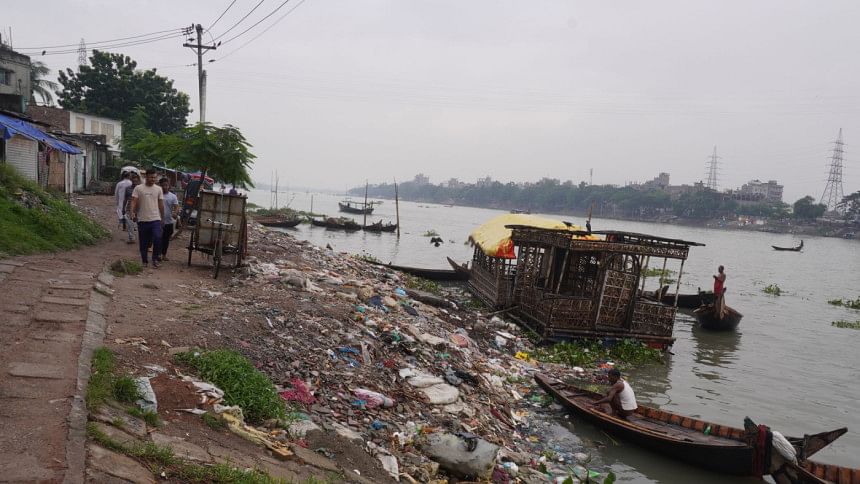
"However, during a recent visit to 10 of the sealed-off factories, four of them were found operational. The employees of the factories that were found closed fled their workplaces upon hearing that a DoE team is visiting the factory," he added.
Contacted, Keraniganj UNO Mohammed Mehedi Hasan said, "We will start taking actions in this regard very soon."
Md Alamgir Kabir, joint director (Sadarghat) of BIWTA, said they remain vigilant in protecting Buriganga from pollution and encroachment.
"And we will continue to do so," he added.

 For all latest news, follow The Daily Star's Google News channel.
For all latest news, follow The Daily Star's Google News channel. 


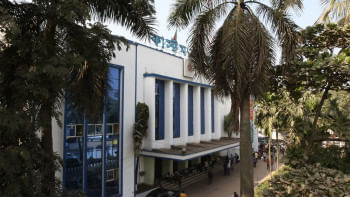
Comments